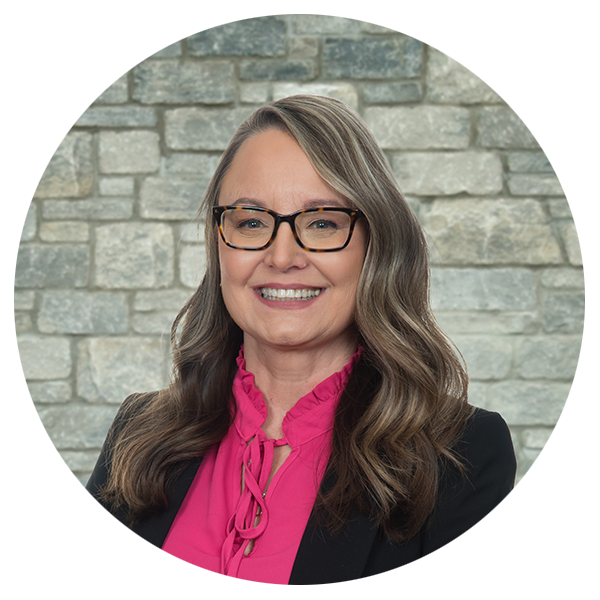Center for Breast Care
Know Your Breast Density
Breasts are made up of a mixture of fibrous, glandular and fatty tissue. Breasts are considered dense if the fibrous and glandular tissue are more prominent than fat on a mammogram.
Breast density is described by the radiologist who reads the screening mammogram. There are four density categories according to the American College of Radiology and two of those categories pertain to dense breasts.
Dense breasts make it more difficult for radiologists to detect cancer. Dense tissue appears white on a mammogram and masses also appear white allowing for cancers to hide. This is true for both heterogeneously dense and extremely dense categories of breasts. More than 75 percent of missed breast cancers occur in dense breasts. Research also shows that dense breast tissue appears to increase the risk of getting breast cancer. Women in the highest density category are four times more likely to be diagnosed with breast cancer compared with those in the lowest density category.
Yes. Although dense breast tissue reduces the accuracy of mammograms, it does not make them worthless. Many cancers are detected with mammograms despite dense breast tissue.
Research has shown that magnetic resonance imaging (MRI) and contrast-enhanced mammograms can detect breast cancers that are not visible on traditional mammograms. These are the most sensitive tests for women with dense breast tissue. Breast ultrasound is also helpful in certain situations, but has a higher rate of false positives. 3-D mammography, or tomosynthesis, offers a definite benefit compared with standard 2-D mammograms, but is not as sensitive as contrast-enhanced imaging.
Invasive breast cancers have increased blood flow compared with normal breast tissue. By administering a contrast agent into a vein in your arm and then taking a series of pictures of the breasts, areas with increased blood flow can be visualized. MRI and contrast-enhanced mammograms both use IV contrast to make tumors stand out from normal tissue.
Contrast-enhanced mammography uses the same iodine-based contrast agent that is used for CT scans. Mammograms of each breast are obtained after injection of the contrast agent. The contrast accumulates in areas of the breast where cancers are growing. Two sets of images are produced including regular mammograms and computer-processed images that hide dense tissue and highlight tumors. Lexington Clinic is the first facility in Central Kentucky to offer contrast-enhanced mammography.
3-D mammography, or tomosynthesis, does not use contrast. Tomosynthesis takes a series of images of the breast and creates a 3-D image for the doctor to view. Research has shown that 3-D mammography can increase detection of breast cancer by up to 40 percent, but some cancers may still be hidden on 3-D mammograms due to dense tissue.
If you have dense breasts, please speak with your doctor. Together, you can decide which exams are best for you and your situation. Even if you don’t have dense breasts, other factors may still place you at increased risk for breast cancer including a family history of the disease. Women who do not have dense breasts and do not have a family history of breast cancer should still get mammograms every year starting at age 40. The majority of breast cancers occur in women without a family history of breast cancer.

